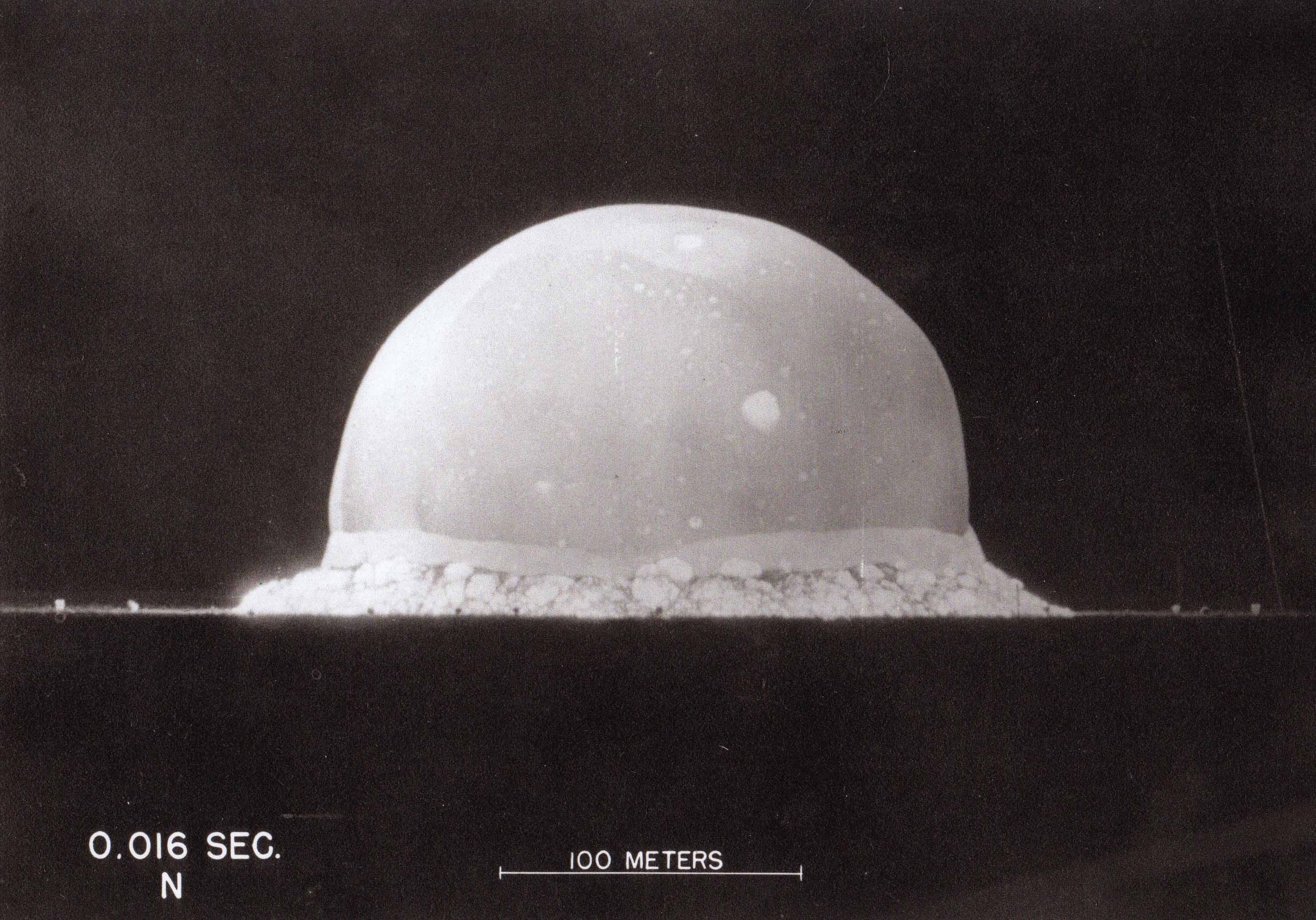Berlyn Brixner

Born: May 21, 1911, El Paso, TX
Died: August 1, 2009, Albuquerque, NM, Age 98
Education: College of Mines and Metallurgy, El Paso, Texas
University of Texas, Austin, Texas
Profession: American photographer, inventor/technologist, amateur Egyptologist, and world traveler
Technical Achievements: Authored and/or co-authored over 45 scientific papers in camera engineering, optical instrumentation, and optical fabrication. Developed an optical lens design used on a high resolution telescope mounted on the Mariner space craft to Mars. Received DuPont Gold Medal from the Society of Motion Picture and Television Engineers. Received Robert Gordon Memorial Award from the Society of Photo-Optical Instrumentation Engineers (SPIE). S. Patent 2,732,777 Ultra High Speed Shutter (1953). S. Patent 2,668,473 Continuous Recording High Speed Camera Frame (1954). S. Patent 3,278,752 Wide Angle Optical System Having a Telecentric Stop (1966).
Berlyn Brixner was the head photographer for the Manhattan Project’s Trinity Test, the first detonation of a nuclear (plutonium fission) weapon. This detonation occurred on July 16, 1945 in Alamogordo, New Mexico. Brixner’s objective as a member of the Manhattan Project can be best described as follows: Photograph all aspects of an unknown and unpredictable event that begins with the brightest flash of light ever produced on Earth. To accomplish this, Brixner was stationed 10,000 yards (5.68 miles) away from the detonation. He incorporated fifty cameras of various running speeds using 16-millimeter black-and-white film positioned at different locations in order to capture in full and slow motion. These cameras were positioned at every possible angle, distance, and available film speed. All the cameras, including the one he had in his lap at the time of the atomic bomb’s detonation were operated from a central control station. Approximately 100,000 photographs were made of the Trinity atomic bomb test.
Before World War II, Brixner studied photography under Willis W. Waite and was hired by the Soil Conservation Service (now called Natural Resources Conservation Service) as a regional photographer. Brixner documented the effects of the drought in New Mexico during the Dust Bowl and Great Depression Era. This work can be found in the U.S. National Archives. During this period he was a very enthusiastic amateur photographer, with most of his amateur photography residing at the Los Alamos Historical Society, The Museum of Santa Fe, and The National Hispanic Cultural Center.
Brixner was hired into Los Alamos National Laboratory’s Manhattan Project in 1942 in the first year of World War II. He designed and engineered extremely high speed cameras under the direction of Professor Julian Mack, a former professor at the University of Wisconsin. At the time Brixner began working with Mack, there was no camera with the microsecond resolution needed for research purposes in the development of the first atomic bomb. They had the Mitchell camera capable of operating at 100 frames per second (fps), a Fastax at 10,000 fps, and a Marley at 100,000 fps. In addition, the drum streak (moving slit image) had 10-5 second resolution, and electro-optical shutters providing 10-6 second resolution. Julian Mack invented a rotating-mirror camera for 10-7 second resolution, which was in use by 1944. Small rotating mirror changes secured a resolution of 10-8 second. Photography of oscilloscope traces soon recorded 10-6 resolution, which was later improved to a resolution of 10-8 seconds. Brixner and Mack would eventually design and build framing cameras having the ability to operate at speeds of 50,000, 1,000,000, 3,500,000, and 14,000,000 fps.
Following World War II, Brixner worked until his retirement at Los Alamos National Laboratory (LANL), as head of the Optical Engineering Group. His photography and scientific work are contained in the LANL Historical Archives.
The film strip that captured the complete detonation of the Trinity atomic bomb test as a result of Brixner’s efforts is not generally considered to be as artistically important as it is scientifically important. But from a moral, sociological, and political point of view, it contains some of the most significant images captured on celluloid film of the twentieth century. Brixner’s images of Trinity captured the intensity, violence, and horror of the first nuclear weapon ever detonated. Beryln Brixner was the first atomic photographer.
Biography provided by David A. Wargowski, Atomic Heritage Foundation











